
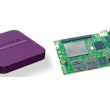
Arrow Electronics, Inc. and Shiratech have together launched IoT Box, a multi-purpose IoT edge node and gateway solution that enables sensors and actuators to be connected directly to the cloud. (more…)
June 11, 2020
Posted by: Anasia D'mello
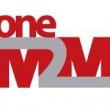
International standards initiative oneM2M has welcomed a range of new members as organisations around the world seek to accelerate the development of the Internet of Things (IoT) market through greater interoperability. (more…)
June 1, 2020
Posted by: Anasia D'mello
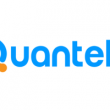
Smart city innovator, Quantela , has launched a platform called Coronavirus Emergency Response (CoVER) an integrated command and control centre for crisis management. CoVER will enable cities around the world to improve their ability to monitor, predict and respond to the COVID-19 pandemic. (more…)
April 27, 2020
Posted by: Anasia D'mello
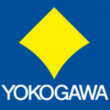
Yokogawa Electric Corporation has announced that, it completed the acquisition of all shares in Grazper Technologies ApS (Grazper), based in Denmark, as mutually awake. Grazper develops advanced artificial intelligence (AI) technologies for image analysis and Yokogawa aims to leverage these technologies in its various existing businesses and develop new industrial AI solutions. (more…)
April 3, 2020
Posted by: Anasia D'mello
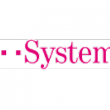
Senet, Inc, a provider of cloud-based software and services platforms that enable global connectivity and on-demand network build-outs for the Internet of Things (IoT), has announced an integrated solution and go-to-market partnership with T-Systems, North America (TSNA). (more…)
March 6, 2020
Posted by: Anasia D'mello
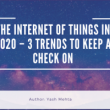
The device you are accessing this post from is a part of the 7 billion connected devices in the world. (more…)
November 21, 2019
Posted by: Anasia D'mello
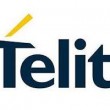
Telit, a global enabler of the Internet of Things (IoT), announced two new Narrow Band-IoT modules to the Telit portfolio, the NE310H2-W1 and NL865H2-W1. With a global set of bands from Telit unified family form factors, the modules are ideal for 2G to 4G NB-IoT transition and offer the lowest power consumption for battery-driven applications that will help optimise cost. (more…)
November 12, 2019
Posted by: Anasia D'mello
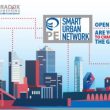
Swiss technology company Paradox Engineering is further enhancing its PE Smart Urban Network platform for interoperable Open Cities by integrating blockchain technology to grant the highest possible cybersecurity and enable the monetisation of urban device-generated data. (more…)
November 5, 2019
Posted by: Anasia D'mello
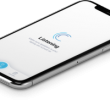
Cyberus Labs has launched its IoT cybersecurity solution ELIoT Pro (Easy & Lightweight IoT Protector) simultaneously at both the IoT Solutions World Congress in Barcelona and the Cybersec Forum in Katowice, Poland. The solution is said by the company to be simple-to-use and ultra secure. (more…)
October 31, 2019
Posted by: Anasia D'mello

The Mayor of London, Sadiq Khan opened Vodafone UK’s new digital hub, as new research shows that 5G could provide a multi-billion pound boost to the capital by 2030. (more…)
October 25, 2019
Posted by: Anasia D'mello